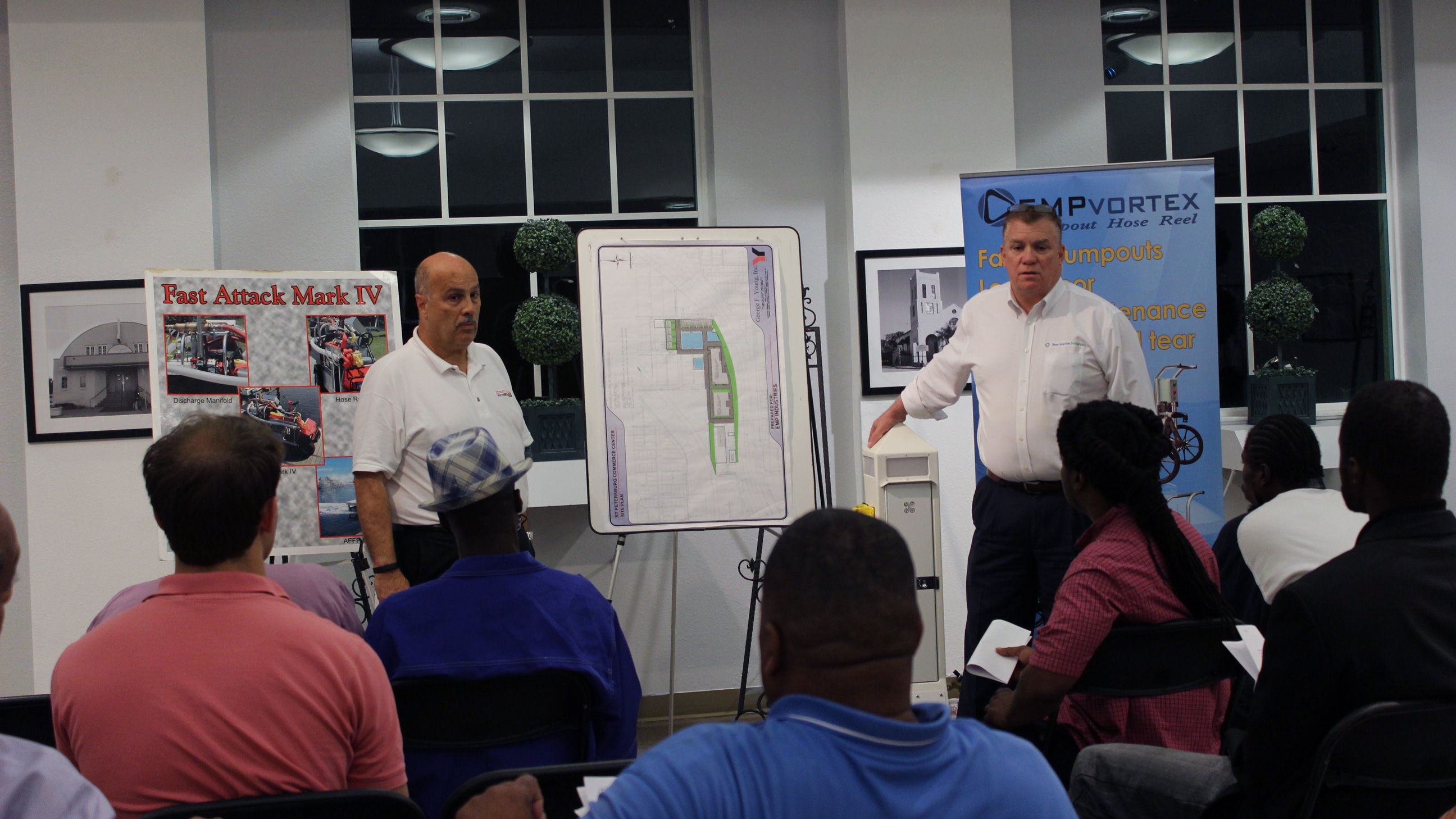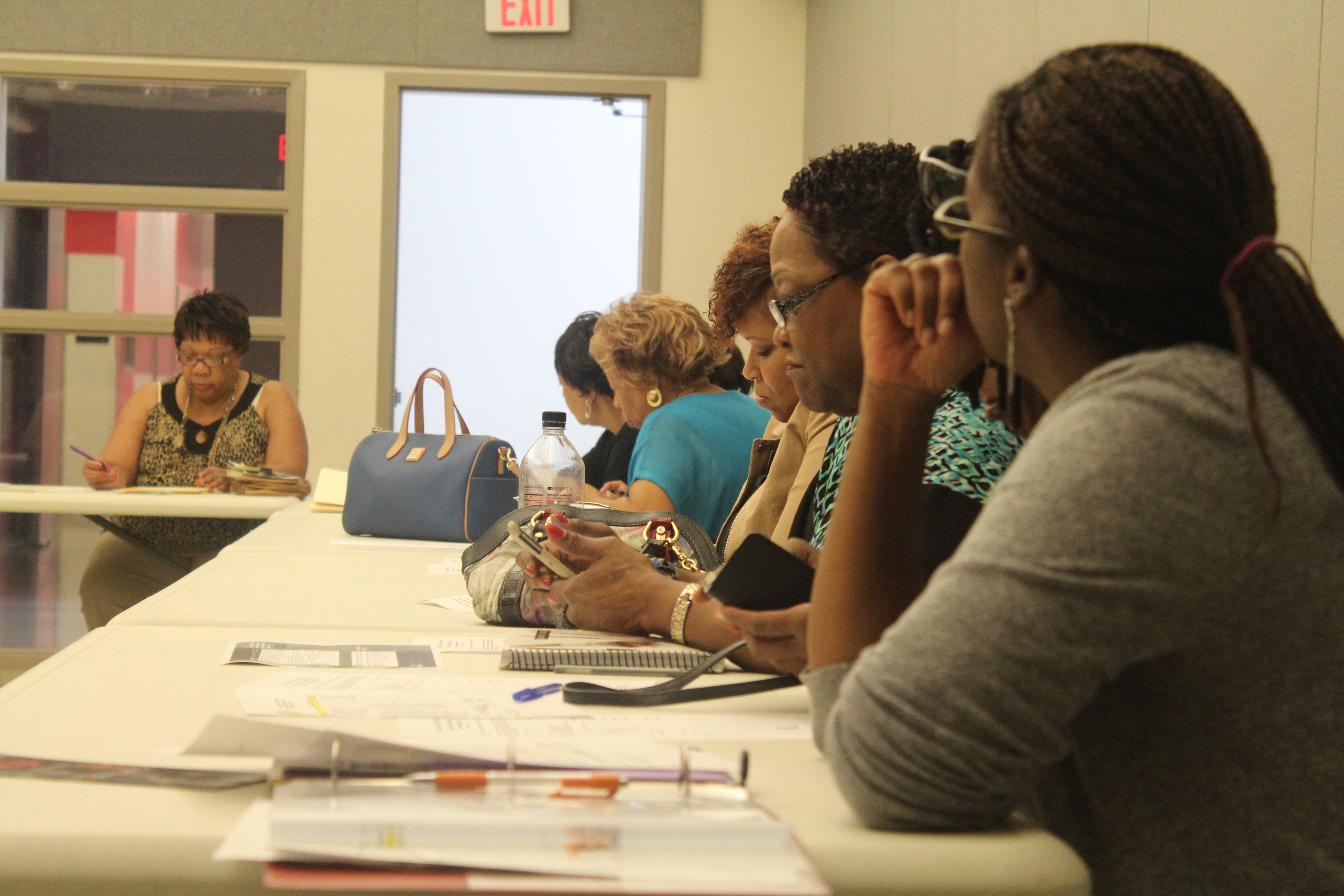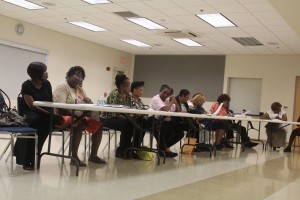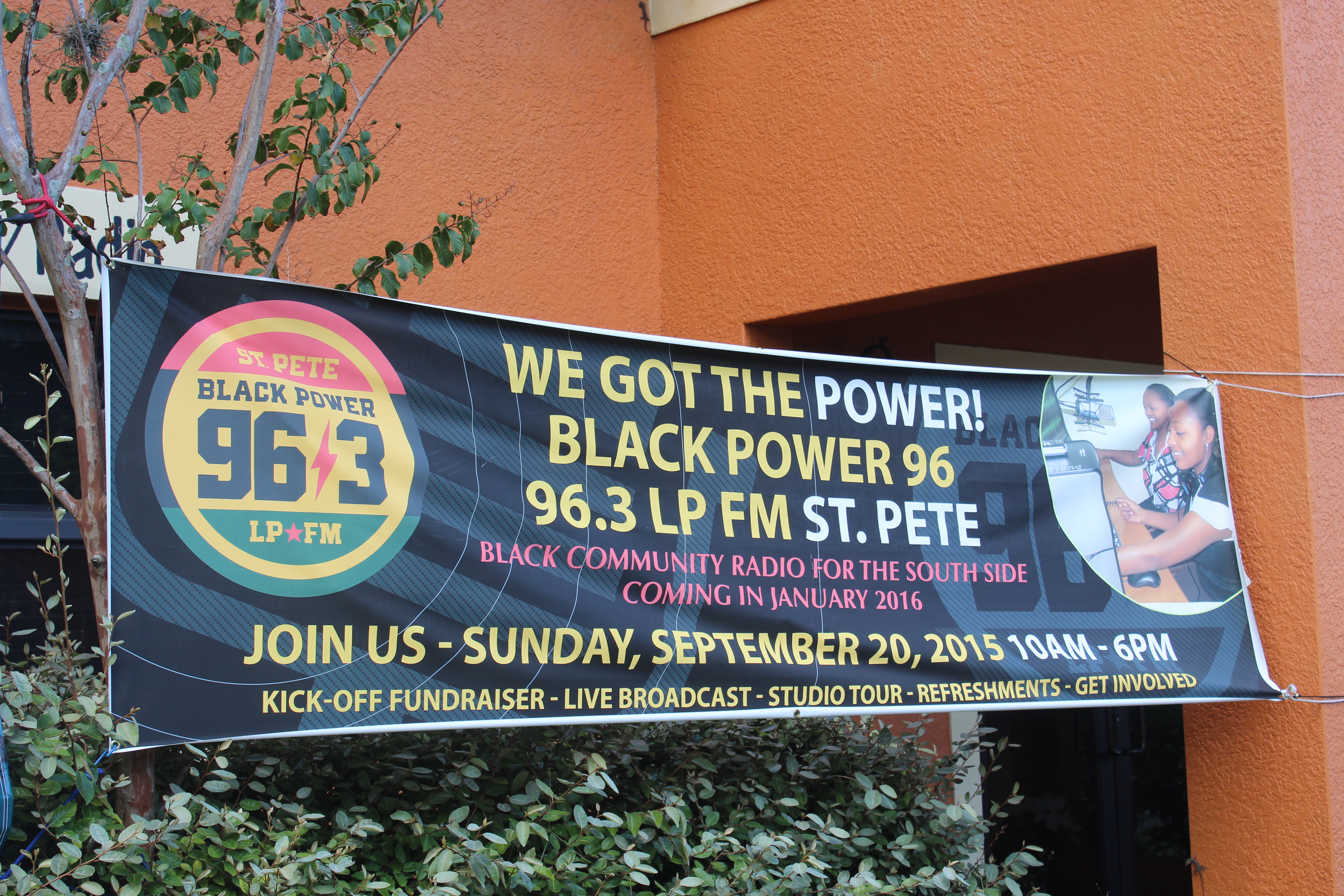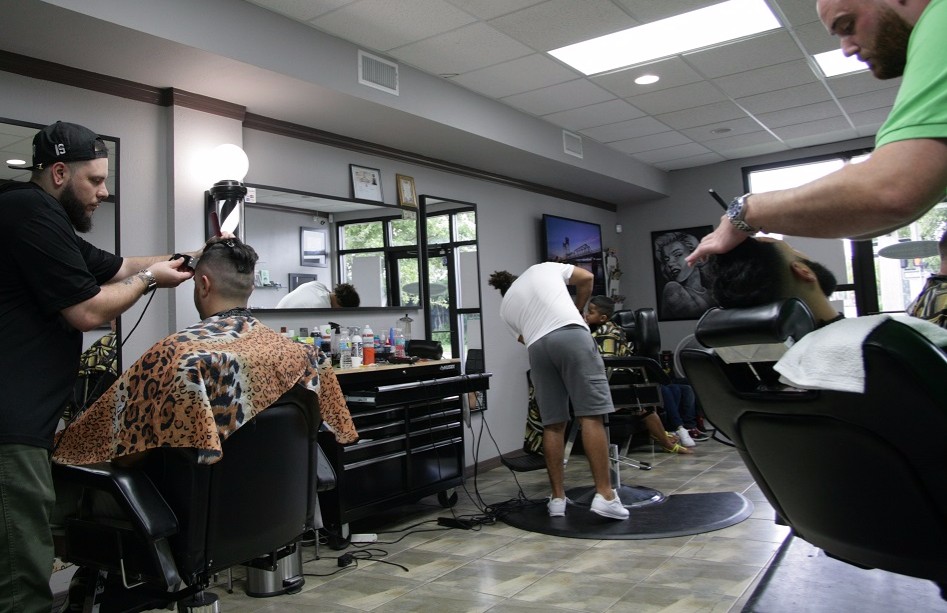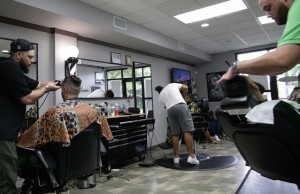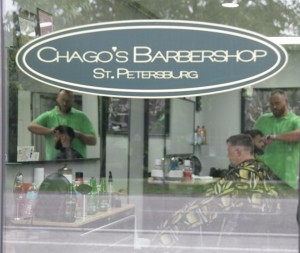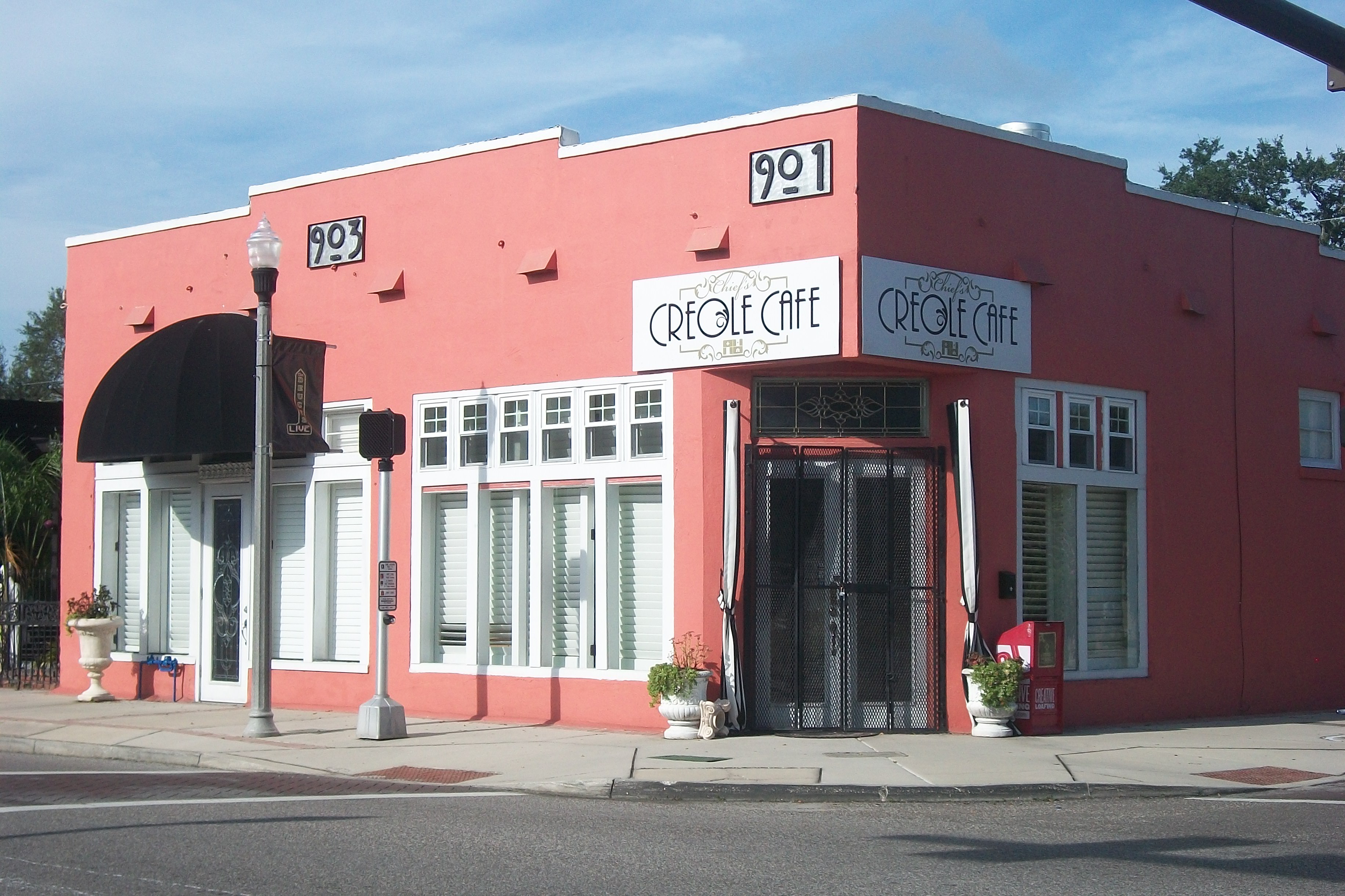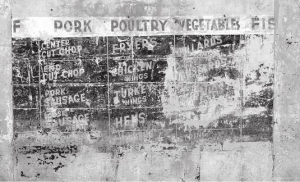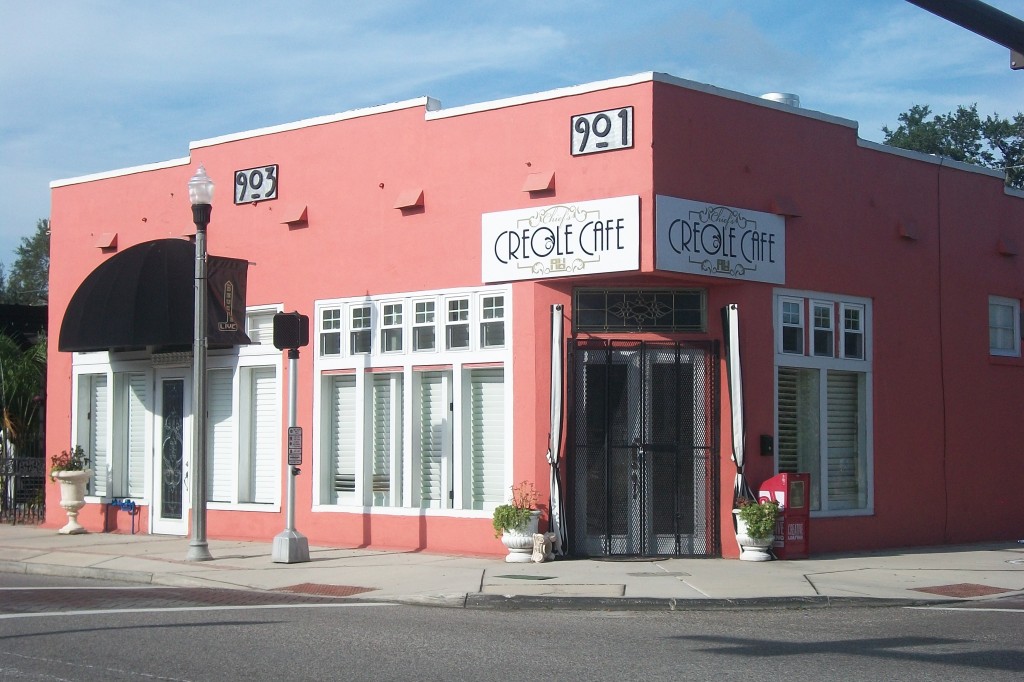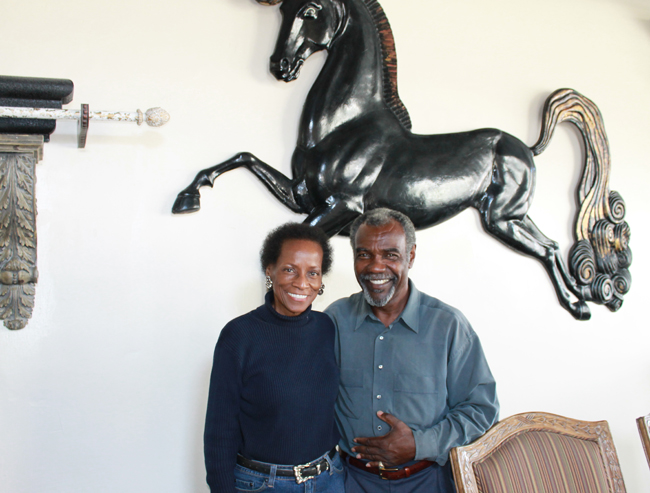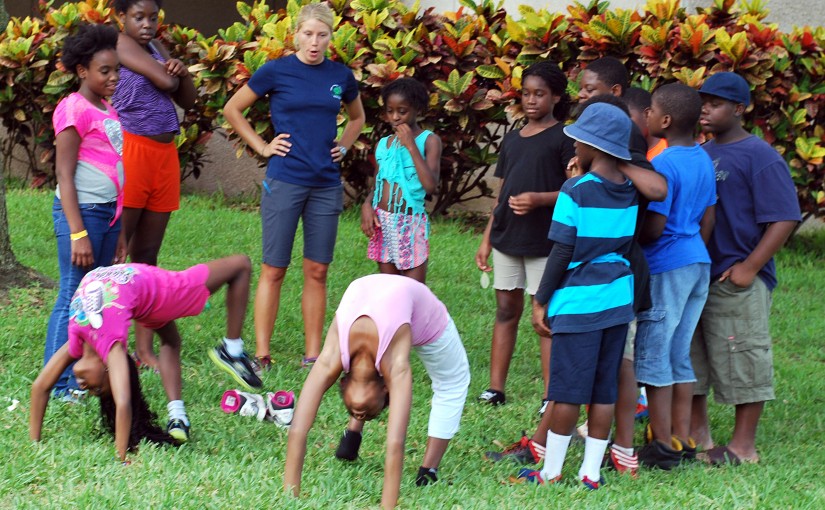It’s 1939. You and your entire family lives in what is essentially a shack with three other families. The roof leaks. There’s cracks in the walls, loose floorboards. You have to walk out the front door and around the back to use the toilet. There’s no electricity. There’s no running water. There’s nowhere else to go.
The public housing subdivision called Jordan Park, located in Midtown St. Petersburg, has a rich history of highs and lows. It was originally developed as an African American community during segregation. Although nowadays it’s considered quite a low-key, peaceful place, Jordan Park residents throughout time have gone from the poorest living conditions to living in state-of-the-art homes to then living in an area filled with drugs and crime. Despite everything, a strong sense of community in Jordan Park has always prevailed.
https://www.youtube.com/watch?v=TAj-oS4Ys0A
Records show that African Americans have always lived in the south side of St. Petersburg, ever since groups first came to the area in the late 19th century during the Florida land boom. However as time went on, African Americans were pushed more and more south of Central Ave. They lived in the areas of St. Petersburg known as the Gas Plant District, Methodist Town and Pepper Town. Today, this is essentially where the interstate and Tropicana Field are located.
Even when Jordan Park was built, people still resided in the old communities of the Gas Plant District, Methodist Town and Pepper Town up until the interstate and the Trop were built over them.
According to James Schnur, head of Special Collections and University Archives at USF St. Petersburg, living conditions in these communities were “almost intolerable by the 1930s.”
Pictures from a scrapbook constructed in the 30s, now belonging to the USFSP Special Collections, show old, dingy wooden houses with broken balconies, no indoor plumbing, no ventilation, leaky roofs, cracks in the walls, no electricity and broken floorboards.
Oftentimes there would even be multiple families living in the same home.
Segregation was very strong in St. Petersburg during this time period. Whites tended to ignore black communities for the most part and were not allowed in many areas of St. Pete, including Downtown, with the exception of working.
When the issue of housing for African Americans was brought for debate, a number of white folks sided for the city to provide better housing, according to Schnur. Many African Americans during this time worked in service jobs and were hired by these white folks. White people were concerned about possible illnesses that could potentially be caused by such poor living conditions. They didn’t want themselves to get sick or contaminated as a result.
The project was soon given the green light. In the summer of 1939, construction began. Money for the project was given by the city of St. Petersburg and the federal government from President Franklin D. Roosevelt’s New Deal Plan during the Great Depression.
Land farther south was donated by a man named Elder Jordan, a successful business man and who owned a large amount of real-estate in Pinellas County and advocate for equality for African Americans. The stretch of land reaches from 9th Ave S down to 13th Ave S and 26th St S to 22nd St S.
A majority of the construction was completed by the summer of 1940. Over the next year, more houses were added.
The houses in the older African American communities were primarily made of wood. Schnur notes that this was not rare, even in the late 1930s, but it also wasn’t the most innovative tool. The houses in Jordan Park were made from concrete blocks.
Upon the completion of construction, newspaper articles reported as many as almost 2,000 residents lived in the subdivision at one point. There was even a waitlist to get in. The houses did their job of providing a safe, sanitary place for people to live. All was well.
As the years went on, public housing began to earn a bad stigma. Crime and drugs started to appear on headlines in connection with Jordan Park. Shootings became frequent. Children witnessed drug deals. The city hired extra police officers to canvas the area at night because it was so bad, according to the Times. However, the extra police officers in the neighborhood ended up having a positive effect and decreasing crime rates during this time by more than 80%.
Eventually time and use began to wear the houses of Jordan Park away. In the late 90s, the St. Petersburg Times, now Tampa Bay Times reported complaints of broken streetlights and the old military-style buildings looking ragged.
There was a lot of controversy about demolishing Jordan Park and replacing it with new houses. Many residents argued in newspaper interviews that it would be taking away from its legacy. At this point it was the oldest public housing project in St. Petersburg.
Demolition began in late 1999. It was once again funded by the city and the federal government, this time with help from Hope VI. The St. Petersburg Times reported $27 million was put into the project. The project was completed in 2001.
Many residents who lived in Jordan Park during that time moved elsewhere. The residents who moved out were given an allowance to move elsewhere if they chose to do so. About 50 families opted to stay and lived in the subdivision while construction went on.
The subdivision went from hosting 446 homes to 236 houses, apartments, duplexes and triplexes. Hundreds of people once again put their names on the list to live in the vibrant-colored houses of Jordan Park.
Jordan Park went through a number of ups and downs throughout the years. It stood its ground throughout the times of the thriving deuces to the political riots of Midtown. Nevertheless, a strong sense of community has always survived through its residents. Even though it had to be knocked down and rebuild, its legacy still stands. The community still stands.
